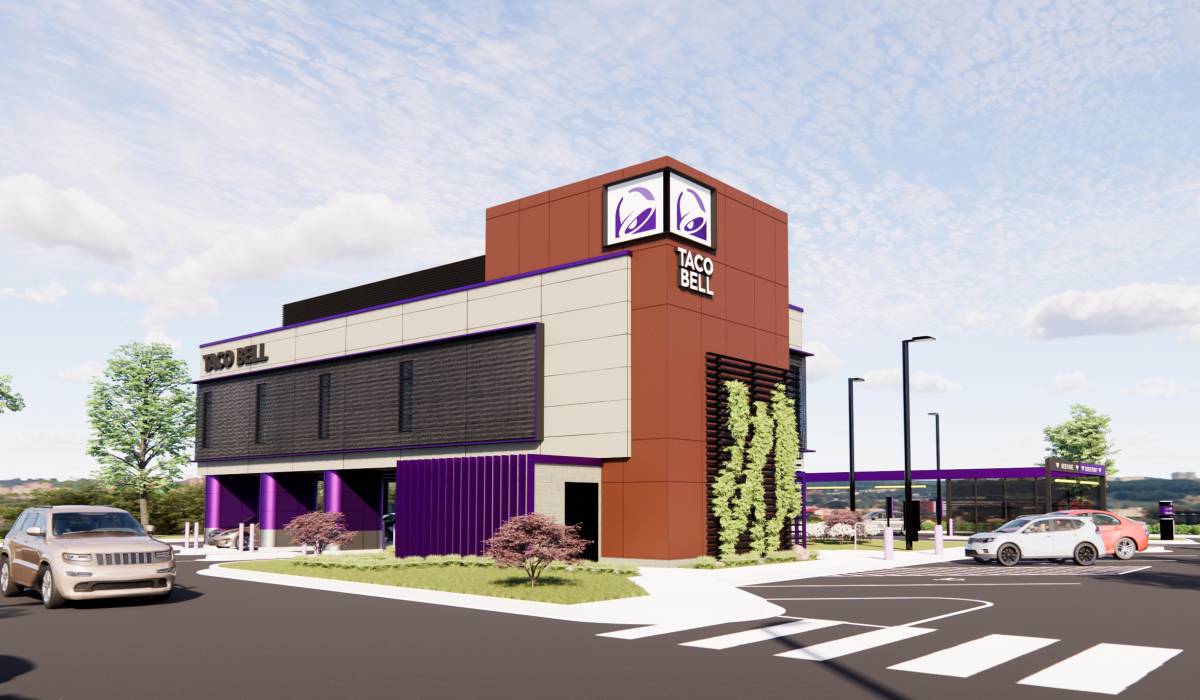The pandemic proved to be a time of uncertainty for the entire restaurant industry, with many businesses overhauling how they went above day-to-day operations to keep the lights on. One aspect of quick-service dining, however, flourished throughout the pandemic, and continues to do so—the drive-thru. Although it was already one of the most widely used ordering channels for quick service restaurants prior to COVID-19, drive-thru usage grew from 26 percent of total industry traffic to 42 percent by November of 2021.
The demand for drive-thru ordering has continued to skyrocket post-pandemic; two-thirds of restaurants who currently don’t have this ordering channel plan to add drive-thrus in the coming years. This demand undoubtedly presents a unique opportunity ahead for restaurant owners, franchise groups and major chains to utilize the right technologies to create efficiencies that directly impact the bottom line. So how is the quick service industry best preparing themselves for the future, and implementing new practices to flourish throughout the drive-thru surge of the 21st century?
Drive-thru innovations & upgrades
Many fast-food chains are upgrading and reinventing their current drive-thru and mobile ordering models to best serve their customers. The increase in drive-thru popularity has sparked innovation among many quick service restaurant chains to make this method more reliable and efficient all while aiming to improve the customer experience. Brands like Panera, McDonalds, Burger King and KFC have built out redesigned restaurant layouts with an emphasis on their drive-thru model and less dine-in space. Taco Bell redefined the drive-thru experience in 2022 with the unveiling of “Taco Bell Defy”, a two-story, high-tech drive-thru location featuring four drive-thru lanes, video technology, and food delivery via vacuum tube.
Other fast casual chains that did not previously utilize this type of ordering channel are also beginning to experiment with drive-thru technology. In July of 2021, Chipotle’s mobile ordering drive-thru experience—dubbed as “Chipotlanes”—drove about 15% more digital sales compared to locations without this technology. In 2022, the Mexican-inspired concept also reported that its dine-in sales now account for just one third of business. It is likely many other restaurants will resort to more efficient and digitally focused ordering channels to drive profits, and further improve the drive-thru experience for customers.
Meeting demands while combating the labor crisis
The quick service industry continues to face a number of headwinds, with staffing being felt as a struggle across the board. According to the Bureau of Labor Statistics, the restaurant industry is still over 450,000 jobs below pre-pandemic levels – marking the largest deficit across all U.S. industries. These statistics are making it difficult for restaurants to focus on improving their drive-thru channels when they are unable to staff them with a sufficient number of employees—this is why many are turning to recent tech advancements to help aid this crisis.
Machine learning and AI have the ability to increase order accuracy, speed and customer satisfaction among other crucial factors that increase restaurant efficiency. Some of the largest household quick-service restaurant names have been able to cut down on drive-thru greeting times from 45 seconds down to 2 seconds, increase average ticket sizes and create more successful upsell opportunities. According to the 2023 State of the Restaurant Industry Report by the National Restaurant Association, about 58 percent of restaurant operators currently using tech and automation to alleviate labor shortages agreed these innovations will become more common this year. AI powered drive-thrus have become increasingly popular over the past several months in chains like Wendy’s, who is currently leveraging Google Cloud to roll out AI-enabled voice technology designed to take orders at the drive-thrus and submit information directly to the kitchen and POS, without the need for human workers.
How other brands are using technology
Restaurant owners have turned to tech to meet increasing demands and overcome obstacles to aid labor shortage pains. They have also recognized the endless possibilities that using alternative tech solutions provides. Yum! Brands, parent company of KFC, Taco Bell, Pizza Hut and several other high-performing quick-service chains, recently rolled out an AI-driven kitchen and delivery management platform in almost 500 Pizza Hut locations across the U.S. in 2022. The franchise group plans to implement the same technology in over 7,000 additional stores by the end of this year. The success behind these tech innovations is clear; Yum! generated $2 billion in revenue in Q4 of 2022, a 7 percent increase from Q4 in 2021.
Keeping up with trending demands of the 21st century has proved to be no easy feat for restaurants, especially while the industry currently faces major labor shortages. However, while these tech solutions may still be in their infancy stage, it’s apparent that with the right combinations of human workers and technological advancements, quick-serves will continue to excel in this digital age.
Will Clem is the co-founder of Bite Ninja, a game-changing software and staffing platform providing restaurants with on-demand access to well-trained, passionate cashiers for their drive-thrus. Thanks to its eleventh-hour scheduling features and expertly-trained Ninjas, restaurateurs are able to eliminate overhead costs like redundant staff, order errors and missed shifts.







